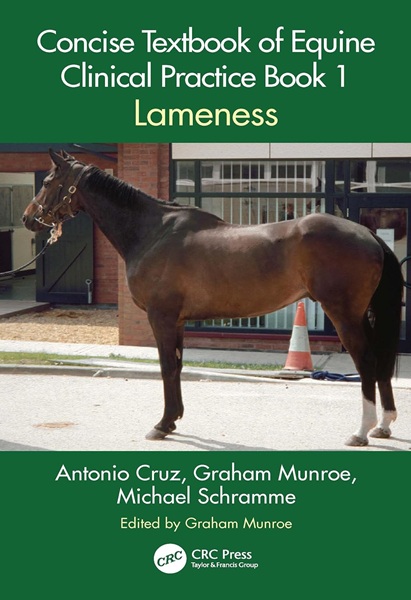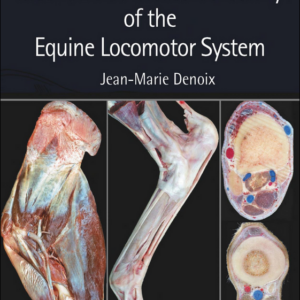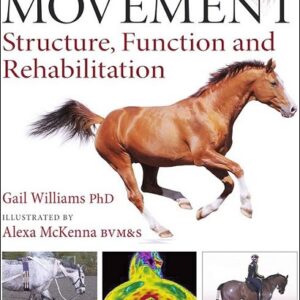Description
Lameness, one of the most common and most troublesome of all equine ailments, remains the primary reason why horses are unable to fulfill their potential and their riders’ and trainers’ expectations. More preparation time is lost, more competitions are missed, and more careers are prematurely ended because of lameness than any other condition. Lameness: Recognizing and Treating The Horse’s Most Common Ailment analyzes the causes, diagnoses, and management of the myriad causes of lameness: – Defining and identifying the lame leg; – spotting gait abnormalities and non-muscular causes; – physical examinations and evaluations; – diagnostic tools and other tests; – the role of the veterinarian and farrier in pre-purchase examinations. Therapeutic orientations include: – Treatment of specific conditions to the foot, pastern and fetlock, cannon and splint bones, knee, upper foreleg, hock, upper hind leg, and back; – neurological, dermatological, and developmental orthopedic causes of lameness; – joint, bone, muscle, and tendon and ligament problems; – hoof conformation and shoeing options; – physical therapies; the applicability of rest, medications, and other veterinary procedures. No other book covers this vital subject in such a comprehensive and understandable fashion. For that reason, no other book deserves a more prominent place on the shelf of anyone who owns, trains, rides, or drives horses. 1,044 p.

- Christine King. BVSc, MACVSc, MvetClinStud.
- Richard Mansmann. VMD, PhD.
- Don Wagoner, Editor.
- Publication date (reprint original edition 2005 to digital version): 2020-04 – Lyons Press.










You must be logged in to submit a review.